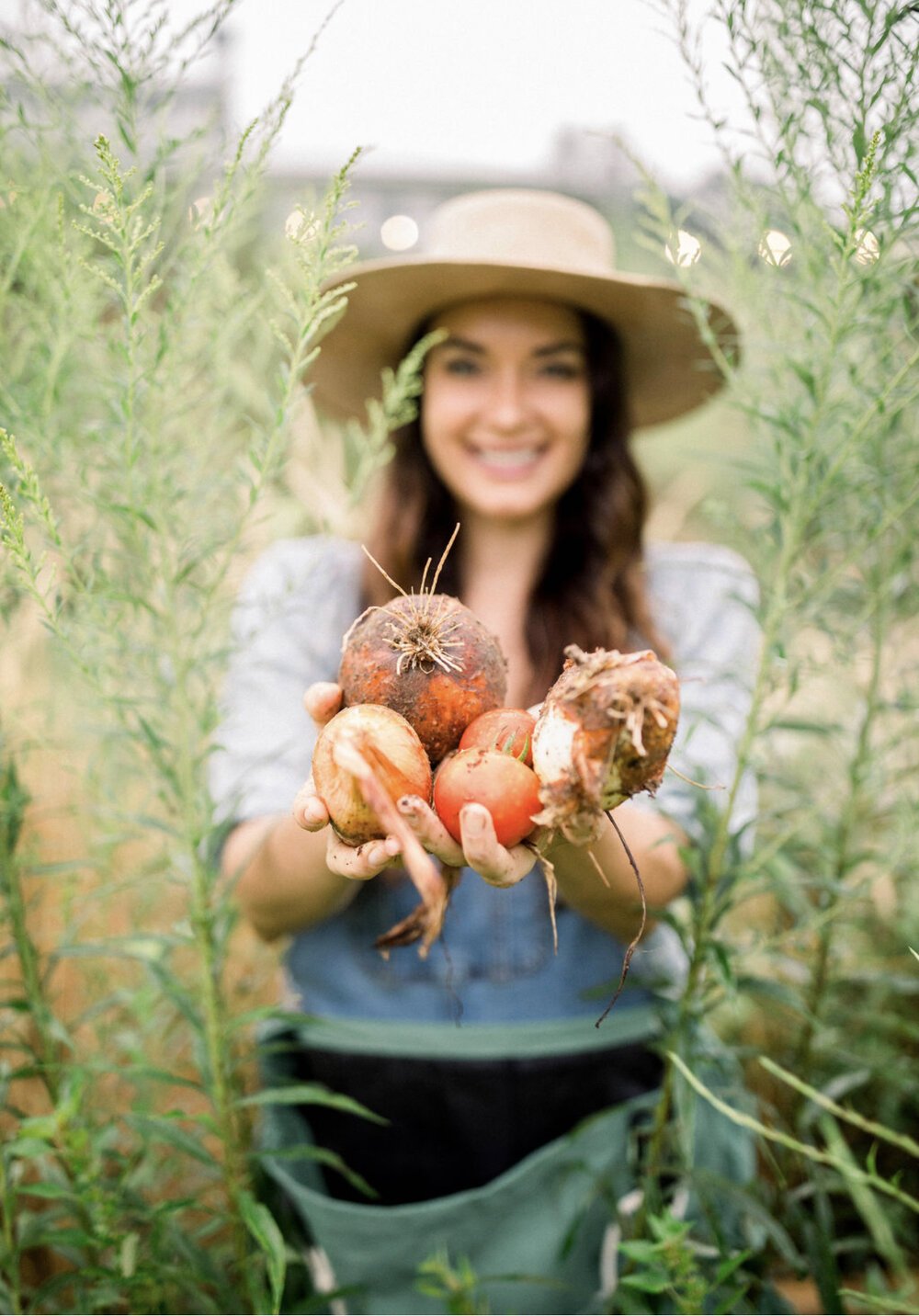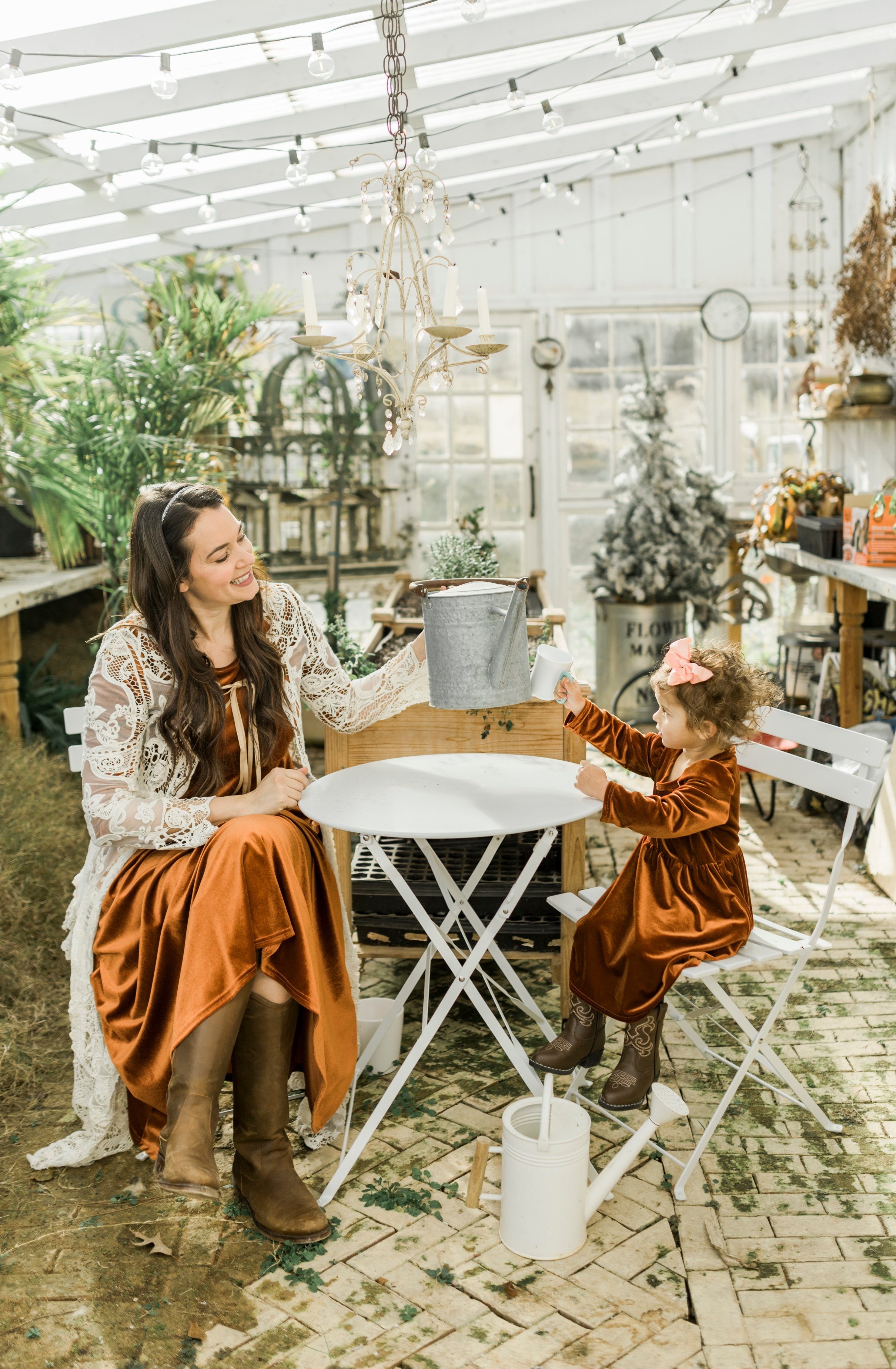30 Tasks To Help You Prepare For Fall And Winter On The Farm
Every year starting in September, we do a few things around the farm to prepare for fall and winter. Planning and preparing for the colder months ensure we are not caught off guard when that first frost or cold snap arrives.
By starting early on, we have enough time to get to all the to-dos because, you know, life happens in between! This way, we can get to all essential winter prep tasks before it is not that enjoyable outside anymore.
Here is a list of things you can do around the farm and home to prepare for fall and winter. Some of these tasks may not apply to your situation, but hopefully, some will help you to get a head start!
Topping the beds with mulch to protect against the cold winter months
IN THE GARDEN
1. Continue harvesting the last of your summer veggies, such as peppers, tomatoes, onions, okra, basil, thyme, and rosemary, and start harvesting some fall crops like apples and pears.
2. I'll try to can as much as possible so we can still enjoy the produce during the off-season. You can also freeze your herbs in some ice trays or blend them in a blender with some water and then freeze them to use later in dishes.
3. Plant cool-weather crops like beets, radishes, greens, spinach, kale, and Brussel sprouts. We are in zone 7b, so the weather allows these crops to grow nicely, and they can handle some winter frost.
Here’s a guide on planting fall veggies according to your zone
4. Fall is a great time to plant onions. Onions are generally winter hardy and can handle frost and snow - they won't die, but their growth will slow down.
READ MORE: How to easily grow juicy onions
Juicy onions!
5. Start planting garlic sets. Garlic prefers shorter and cooler winter days and needs a proper cold period of at least 40 F degrees for 4-8 weeks. For this reason, it is best to plant in the fall, 2-4 weeks before the ground freezes. If you live in a warmer climate. Plant 2-4 weeks before your coolest weather.
READ MORE: How to grow garlic cloves
6. The cooler weather is ideal for planting trees and shrubs. Make sure to dig a hole three times as wide as the root ball. Ensure not to prune any existing trees and shrubs, as this can lead to new growth, which is not ideal for winter.
READ MORE: Organic Tree Planting
7. Fall is also a great time to plant new fruit trees as the ground is soft enough for the roots to settle. It also gives the trees enough time to settle before deep winter and be strong enough when the summer heat strikes again.
8. Spring-flowering bulbs such as daffodils and tulips need to be planted in fall, 6-8 weeks before the ground freezes up. It's also best to plant them only when your zone's average nighttime temperatures are between 40-50 Degrees F.
READ MORE: When to plant spring bulbs
9. Lift your dahlia and begonia tubers before the first hard frost to store over the winter months.
READ MORE: How to store dahlia tubers correctly
10. Clean out your vegetable garden once the plants have stopped producing. Remove any that were susceptible to disease and insects.
11. Top up mulch in all your garden beds to protect plants during the colder months by keeping the soil warm.
12. Add leaves and organic material to your compost pile and turn it one last time.
READ MORE: A beginner’s guide on how to use compost in the garden
13. Save seeds from your summer crops to plant again next year.
READ MORE: How to save, dry, and store garden seeds
14. Apply a winter wash to the trunks and branches of fruit trees to kill off overwintering pests. Remove any rotten or diseased fruit from trees and the ground to prevent infecting next year's crop.
15. Get your frost covers ready if you are in a zone that gets snow and chilly winters. Use hessian, fabric, or bubble wrap held in place with garden twine or stakes.
16. Clean and disinfect your greenhouse before moving your plants inside. This will ensure no pests or diseases will overwinter or infect the plants.
17. Reflect back on this year's garden and make a few notes on what worked and what did not. You'll be more prepared when you start ordering seeds and plants for next year!
Ava and I enjoying a moment in the greenhouse
FOR THE ANIMALS
18. Winterize and prepare your chicken coop. Top up the coop and nest boxes with mulch or straw. We prefer to use the deep litter method.
READ MORE: How to prepare your chicken coop for winter
19. Do essential maintenance on the coop, like fixing electrical problems or repairing cracks where predators can enter. Ensure the ventilation and airflow is just right so that there is no build-up of gasses but that it is also not too cold for the chickens.
READ MORE: What should be inside a chicken coop?
20. Check all your other animals' shelters. Are the roofing and structures in good condition? Does it need maintenance and securing? Replace their beddings with clean hay (add a little extra for heat).
21. Consider investing in a heated waterer, and make sure you plug it into an outdoor-rated extension cord. Many animals, such as goats and alpacas, need to drink a lot of water, and this will help you when their water troughs keep freezing up.
Checking that EVERYONE’S shelters are winter proof
22. Stock up on winter feed for all your animals. When winter comes around, the prices will go up, and things like hay could get scarce.
23. Your animals will burn more calories trying to stay warm, so having some extra treats on hand, such as pumpkin seeds, mealworms, alfalfa, pellets, etc., will supplement their feed.
24. Chickens usually start to molt in the fall for around 8-12 weeks. This can affect their egg production and make them lose their old feathers. This is their way to prepare for winter and grow a new set of fluffy feathers.
Support this molting by switching to a complete feed with 20% protein, probiotics, prebiotics, vitamins, and minerals. Gradually change back to layer feed when the molting period seems over.
25. Schedule a hoof care appointment for your donkeys and goats and deworm everyone at the end of September. Ready for the winter!
AROUND THE FARM & HOME
26. Now is a great time to declutter and clean out the barn, coops, outside buildings, storage areas, and your greenhouse. The weather is perfect for tackling these chores as it is not too hot or cold to spend time outside.
This way, you'll go into winter with less of what you don't need and more of what you do, knowing you are prepared for whatever winter may bring.
27. Check all your fences and repair them where needed. The ground is not yet frozen, so pounding in posts will be much easier. Doing this during icy or snowy weather is no fun!
28. Clean heating sources such as your fireplace and woodstove. Remember to clean the chimney as well and gather enough wood for burning.
29. As mentioned earlier, I will start to can the last of our vegetable harvests. Canning is a great way to preserve food and keep on enjoying it even though it is out of season.
READ MORE: How to can food in 10 easy steps
30. Get a head start, and start planning for the holiday season. Gradually buy or make Christmas gifts so that not all come down on you at once. Same with making holiday decorations and tablescape elements.
This period before the holiday rush is also a great time to do some admin tasks you keep putting off, start a new hobby, or learn something new! Here is a gift I will be making this year !
READ MORE : Making Gorgeous Dried Flower Art
Making holiday gifts and decor ahead of time
Enjoying the last bit of summer outside
As gardening and tedious farm work slow down, set time aside for yourself to wind down and asses the year.
Remember that country living, or homesteading, is all about taking it slow and embracing every moment. You don’t have to rush to get all these tasks done. Do what you can, and it will already be a step in the right direction!
And most importantly, remember to enjoy the last moments of summer!
Love, Annette xx










